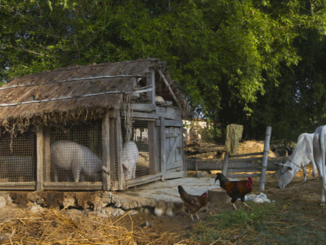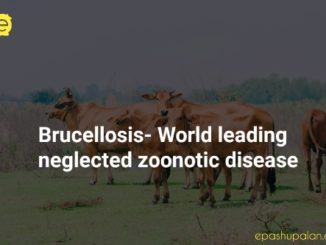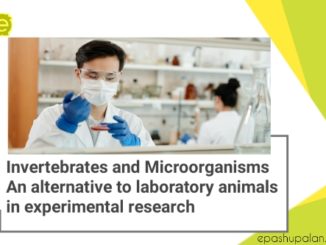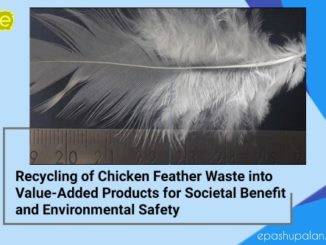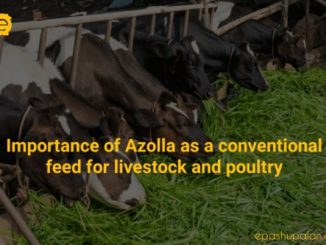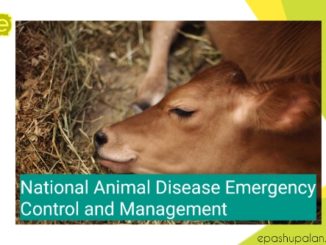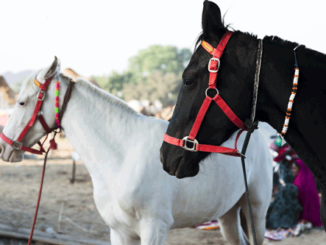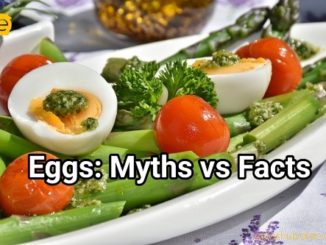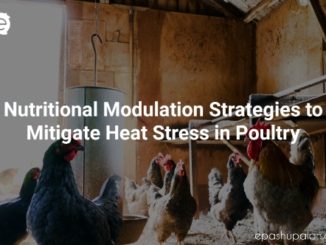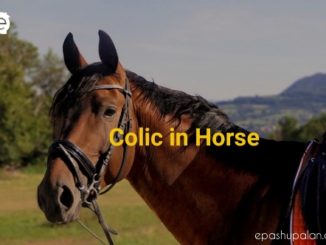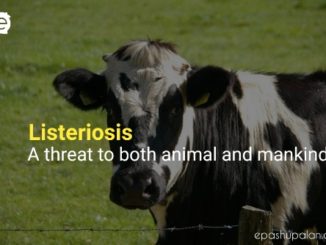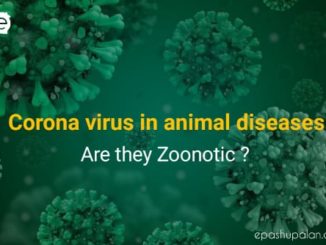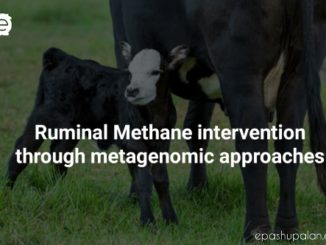
Ruminal methane intervention through metagenomics approaches
Ruminants are one of the most successful groups of herbivorous mammals on the planet, with around 200 species represented by approximately 75 million wild and 3.5 billion domesticated individuals worldwide. Humans domesticated these animals in the Neolithic era (Ajmone-Marsan et al., 2010) and have been farming them ever since for the production and consumption of animal protein in the form of meat and milk. >>>

